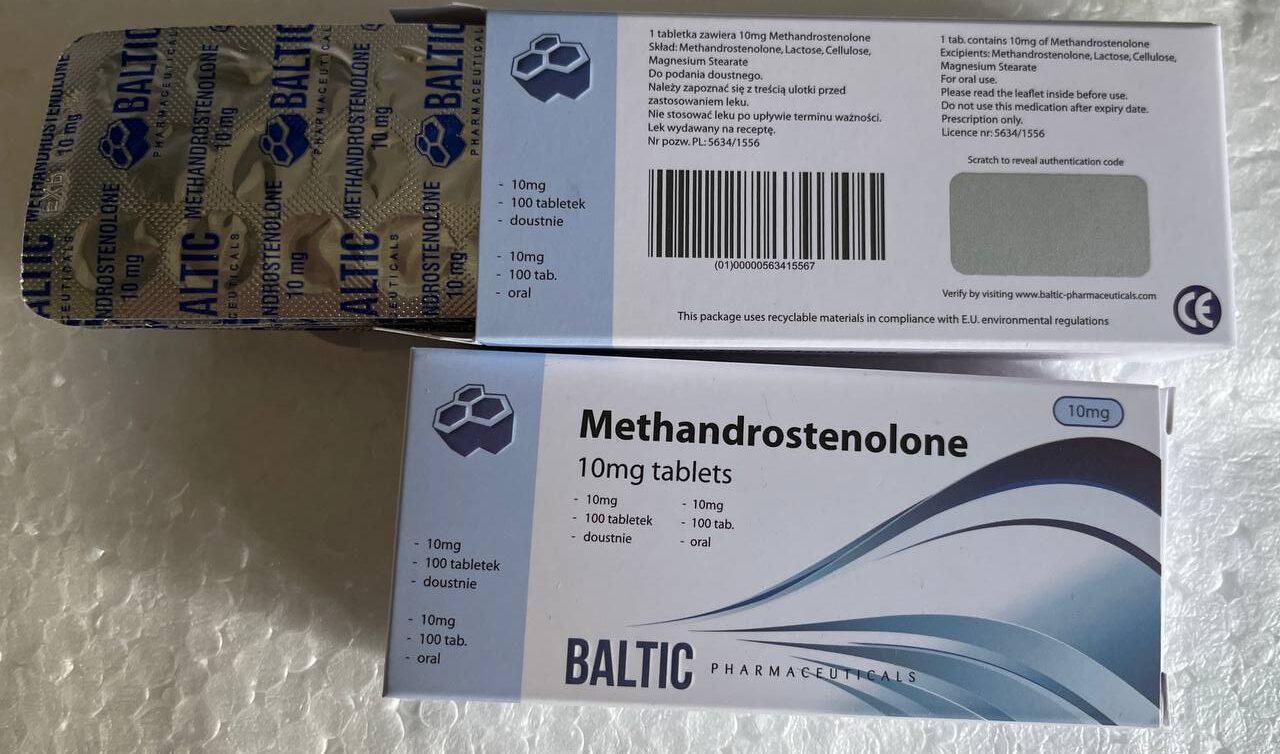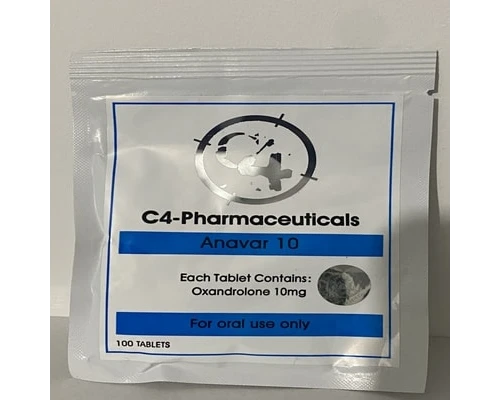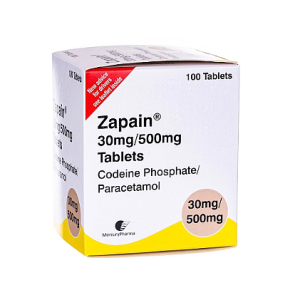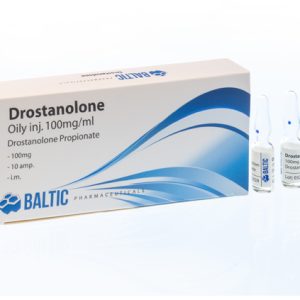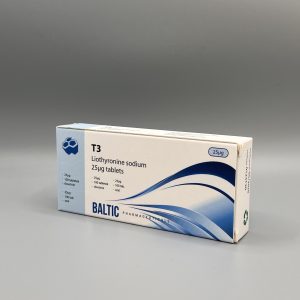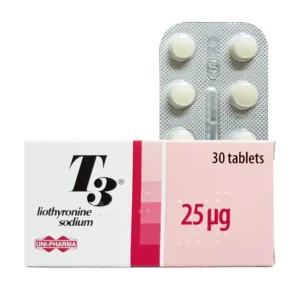Dianabol, also known as Methandrostenolone or Dbol, is an anabolic steroid that has gained popularity among bodybuilders and athletes due to its ability to enhance muscle growth and strength. However, one of the concerns associated with using Dianabol is its impact on testosterone levels. In this article, we will explore the effects of Dianabol on testosterone levels and discuss the potential risks and benefits of its use.
Understanding Testosterone
Before delving into the impact of Dianabol on testosterone levels, it is essential to understand the significance of testosterone. Testosterone is a hormone primarily produced in the testicles and is responsible for various important functions in the male body. It plays a vital role in promoting muscle growth, maintaining bone density, regulating mood, and enhancing libido.
Dianabol and Testosterone Productions
When Dianabol is introduced into the body, it can disrupt the natural production of testosterone. As an anabolic steroid, Dianabol works by increasing protein synthesis, nitrogen retention, and glycogenolysis. While these mechanisms contribute to muscle growth and strength gains, they can also suppress the body’s ability to produce testosterone.
Suppression of Natural Testosterone
Studies have shown that Dianabol use can lead to a significant reduction in endogenous testosterone production. This occurs when the exogenous testosterone derived from Dianabol surpasses the body’s natural testosterone production, causing the testes to stop producing testosterone. Consequently, this can result in a hormonal imbalance and a decreased testosterone level.
Post-Cycle Therapy (PCT)
To mitigate the negative impact of Dianabol on testosterone levels, many users opt for post-cycle therapy (PCT) after the completion of a Dianabol cycle. PCT involves the use of specific medications and supplements to restore natural testosterone production and stabilize hormone levels. Common PCT drugs include SERMs (Selective Estrogen Receptor Modulators) such as Nolvadex or Clomid, which help stimulate the pituitary gland to release luteinizing hormone (LH) and follicle-stimulating hormone (FSH). These hormones then signal the testes to produce testosterone.
Side Effects of Suppressed Testosterone
When testosterone levels are disrupted, whether by natural factors or the use of anabolic steroids, various side effects can occur. Some common side effects associated with low testosterone levels include decreased muscle mass, increased body fat, reduced libido, erectile dysfunction, depression, and fatigue. It is essential to consider these potential side effects before deciding to use Dianabol or any other anabolic steroid.
Monitoring Hormone Levels
For individuals who choose to use Dianabol, it is crucial to monitor hormone levels regularly. Bloodwork should be performed before, during, and after a cycle to assess testosterone levels adequately. This information will allow users to make informed decisions about the duration and dosage of their Dianabol cycles and the need for post-cycle therapy.
Conclusion
In conclusion, Dianabol can impact testosterone levels by suppressing the body’s natural production. While it can provide significant muscle growth and strength gains, it is essential to consider the potential risks associated with its use. Monitoring hormone levels and implementing proper post-cycle therapy are crucial in minimizing the negative effects on testosterone levels. As with any anabolic steroid, the decision to use Dianabol should be carefully considered, and individuals should consult with healthcare professionals before initiating its use.

